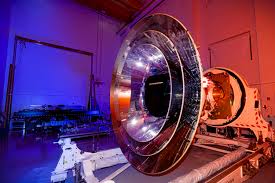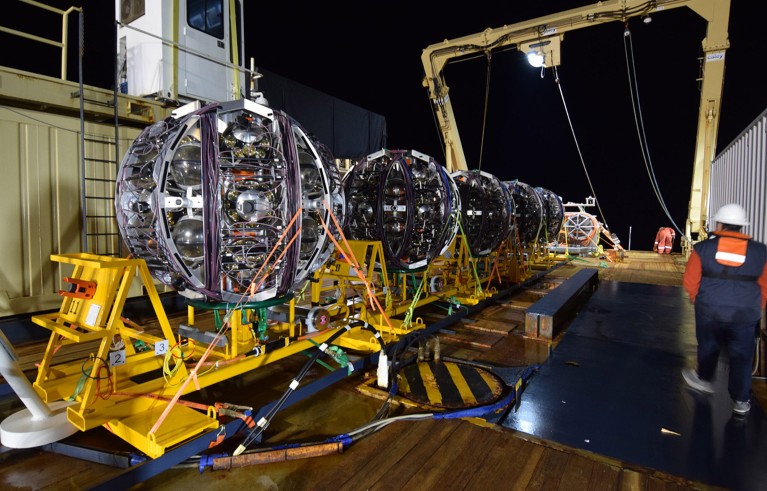- Courses
- GS Full Course 1 Year
- GS Full Course 2 Year
- GS Full Course 3 Year
- GS Full Course Till Selection
- CSAT
- 5 LAYERED ARJUNA Mentorship
- Public Administration Optional
- Online Program
- GS Recorded Course
- NCERT Batch
- Polity Module Course
- Geography Module Course
- Economy Module Course
- AMAC Module Course
- Modern India, Post Independence & World History Module Course
- Environment Module Course
- Governance Module Course
- Science & Tech. Module Course
- International Relations and Internal Security Module Course
- Disaster Management Module Course
- Ethics Module Course
- Essay Module Course
- Current Affairs Module Course
- ABOUT US
- OUR TOPPERS
- TEST SERIES
- FREE STUDY MATERIAL
- VIDEOS
- CONTACT US
NASA’s SPHEREx Telescope: Mapping the Cosmos in 3D
NASA’s SPHEREx Telescope: Mapping the Cosmos in 3D
23-04-2025

- NASA has launched its newest space observatory—SPHEREx—aboard a SpaceX Falcon 9 rocket from Vandenberg Space Force Base, California, on March 11.
- Designed to explore the origins of the cosmos and conduct an unprecedented all-sky spectral survey, SPHEREx (Spectro-Photometer for the History of the Universe, Epoch of Reionization, and Ices Explorer) marks a new era in astrophysical research.
Understanding the SPHEREx Mission
- SPHEREx is a two-year planned mission that will scan the entire sky in optical and near-infrared light—wavelengths invisible to the human eye but essential for investigating cosmic phenomena.
- Its core objective is to provide a 3D spectral map of the universe, answering key questions about galaxy formation, cosmic inflation, and the availability of essential life-forming elements in our galaxy.
- This mission was developed by NASA’s Jet Propulsion Laboratory (JPL).
Scientific Objectives and Goals
SPHEREx is built to tackle multiple scientific challenges:
- Create a full-sky 3D map in 102 color bands, far surpassing the color resolution of previous missions.
- Survey over 450 million galaxies, including some whose light has taken 10 billion years to reach Earth.
- Map over 100 million stars in our Milky Way galaxy.
- Investigate cosmic inflation, a rapid expansion that occurred fractions of a second after the Big Bang, 13.8 billion years ago.
- Search for biogenic molecules—such as carbon, hydrogen, oxygen, nitrogen, and sulfur—in interstellar dust clouds and stellar nurseries.
- Identify reservoirs of frozen water and other organic molecules in planet-forming disks around young stars.
The telescope’s findings will complement ongoing research by the James Webb Space Telescope (JWST) and future missions like the Nancy Grace Roman Space Telescope.
Technology and Design
- At the heart of SPHEREx is a prism-like spectrophotometer that splits light from billions of cosmic sources into 102 distinct wavelengths.
- This allows the instrument to determine the composition, distance, and structure of both near and distant cosmic objects—even those that are faint or barely detectable.
- Its Sun-synchronous Low Earth Orbit enables SPHEREx to scan the entire sky twice a year, ensuring continual data collection and comparative analysis across time.
- The observatory’s advanced design draws on technologies from both Earth observation satellites and interplanetary spacecraft.
|
Also Read |
|
| NCERT Books For UPSC | |
| UPSC Monthly Magazine | Best IAS Coaching in Delhi |



